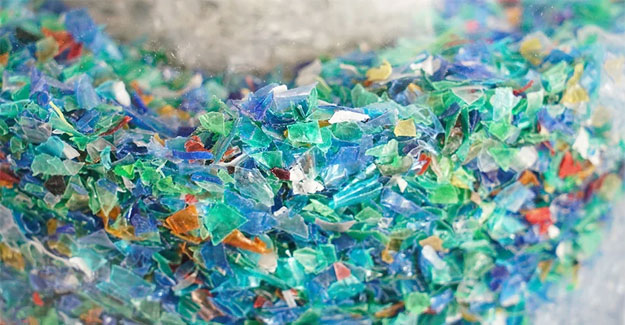
New EU Initiative To Tackle Microplastics
The European Commission has launched an initiative that aims to tackle microplastics unintentionally released into the environment. It will focus on labelling, standardisation, certification and regulatory measures for the main sources of these plastics. Feedback may be submitted via the initiative’s web‑page until 28 December 2021. The initiative aims to improve the science on the risks and occurrence of microplastics in the environment, tap water and food, so as to, in turn, reduce environmental pollution and potential health risks. The European Commission is currently calling for evidence from interested parties, which could lead, by the last quarter of 2022, to the tabling of legislation. It is noted that The European Green Deal, the new Circular Economy Action Plan (CEAP) and the EU Plastics Strategy all announce measures to tackle pollution from microplastics (small plastic pieces of less than 5 mm) that are intentionally added to products (e.g., cosmetics, detergents, paints) and those that are unintentionally released into the environment (from, e.g., tyres and synthetic textiles). It is equally noted that “although the currently-available evidence suggests that microplastic pollution at present does not pose widespread risk to humans or the environment, there are significant grounds for concern and for precautionary measures to be taken”. The problem is therefore deemed to be significant. Between 200,000 and 500,000 tonnes of synthetic fibres from textiles are released into the marine environment each year globally, according to a cited report. Furthermore, the measures announced in the three EU policies intend to:
- Restrict intentionally added microplastics and tackle pellets;
- Develop labelling, standardisation, certification and regulatory measures on unintentional release of microplastics, including to increase the capture of microplastics at all relevant stages of products’ lifecycle;
- Further develop and harmonise methods to measure unintentionally released microplastics, especially from tyres and textiles, and deliver harmonised data on microplastics concentrations in seawater.
- Ecodesign requirements including using new materials such as biodegradable yarns.
- Improving manufacturing processes including pre-washing of clothes, before they are placed on the market.
- Establishing rules to make producers responsible for intervening before products can become waste, such as take-back schemes.
- Facilitating recycled content or remanufacturing.
- Applying filters or other technical solutions to washing machines, washer-dryers and tumble-dryers.
- Applying technologies to avoid mixing microplastics with sludge in waste water treatment plants.
- Setting minimum sustainability and/or information requirements, and labelling products according to their level of microplastics emission.
- Developing voluntary approaches by industry.
Textile Excellence
If you wish to Subscribe to Textile Excellence Print Edition, kindly fill in the below form and we shall get back to you with details.








